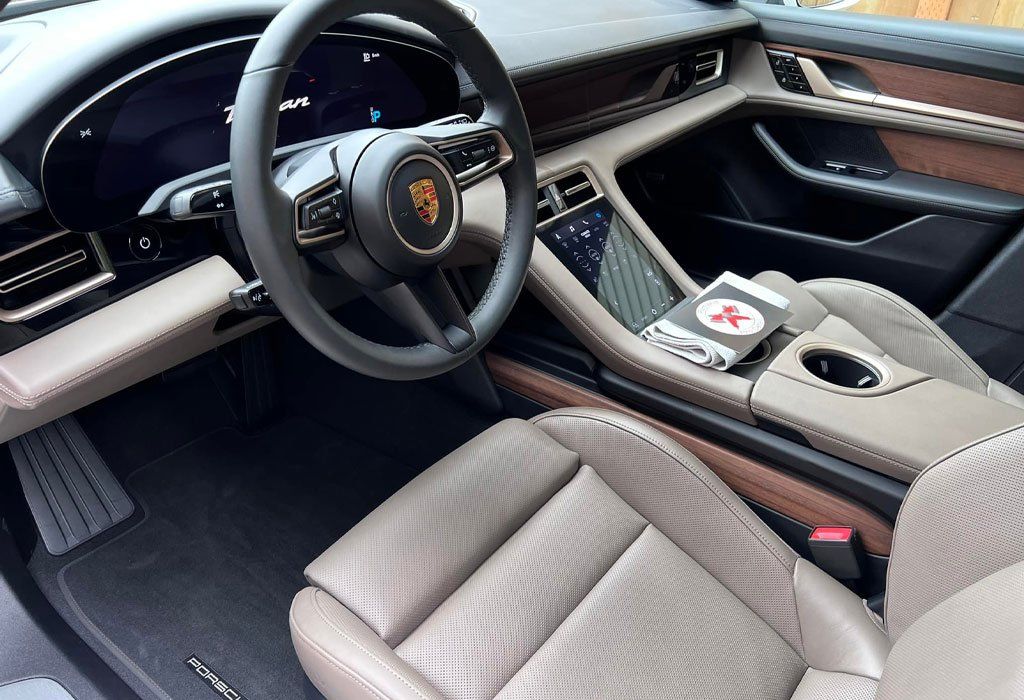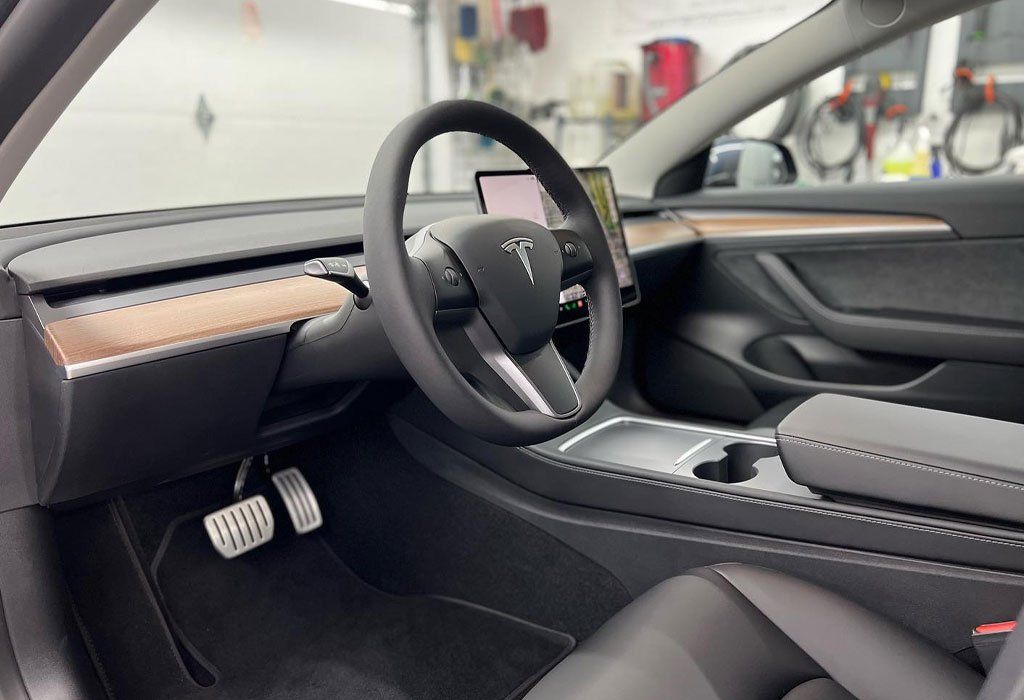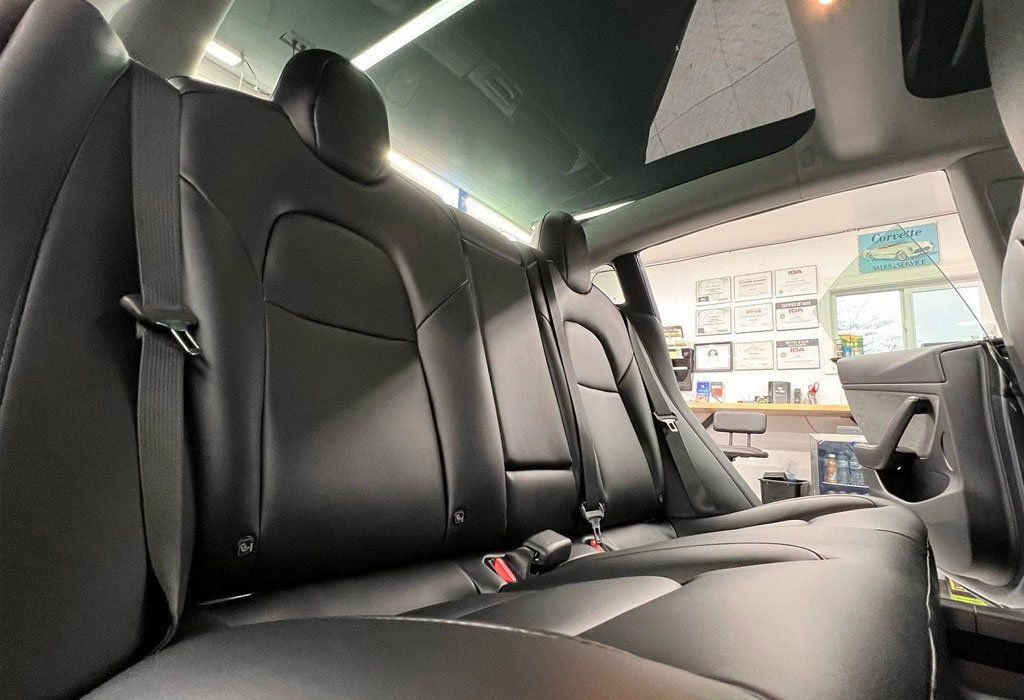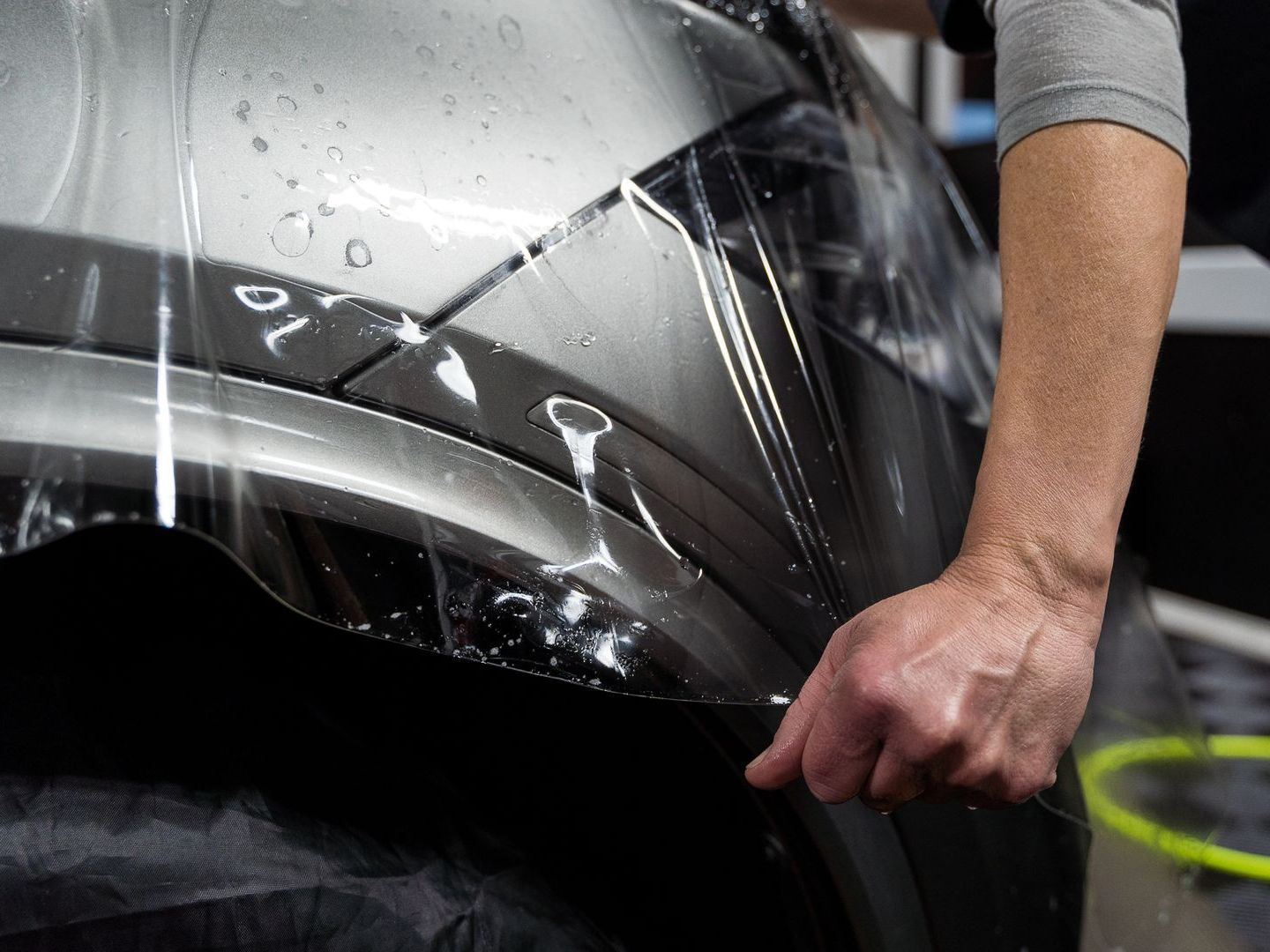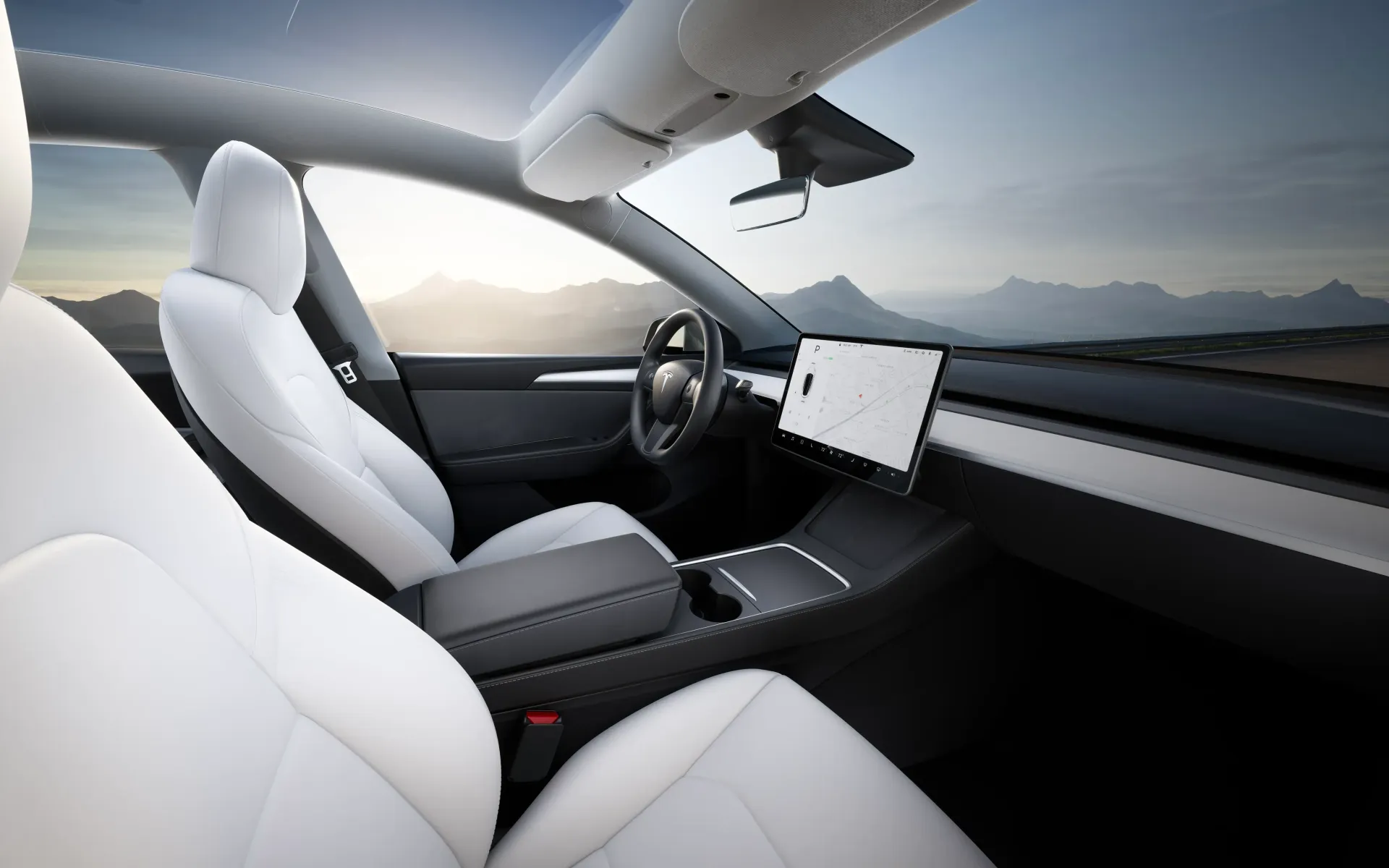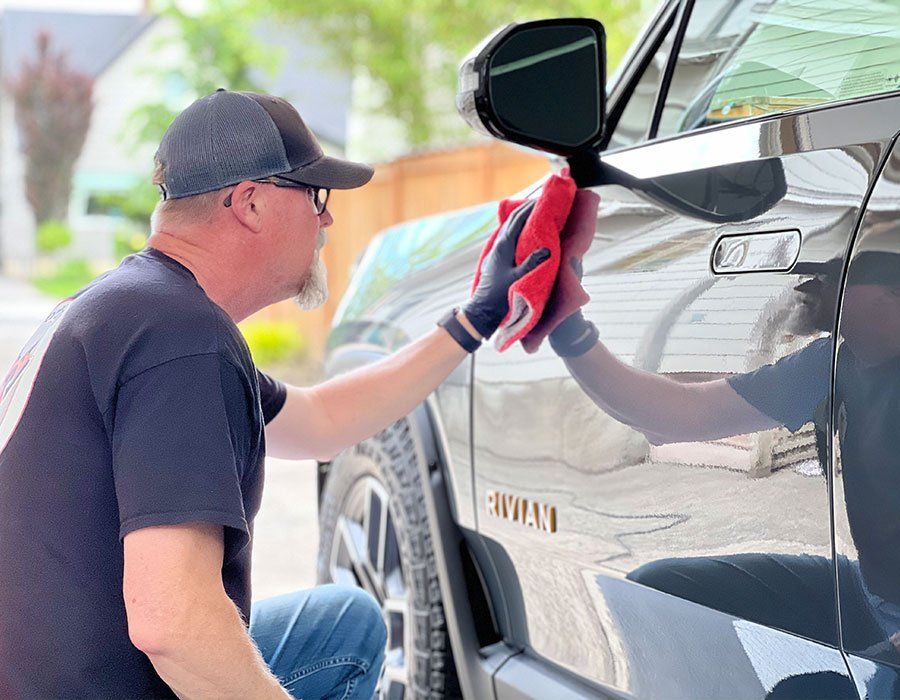How Interior Ceramic Coating Enhances Vehicle Cleanliness and Protection
CALL (503) 444-7415
Spills, dust, and everyday wear can quickly diminish the cleanliness and appearance of a vehicle’s interior. Maintaining a fresh, well-kept cabin is important for both comfort and longevity, yet it often requires frequent upkeep. Interior ceramic coating presents a modern, highly effective solution to this challenge. Far beyond basic protection, it acts as an invisible barrier against stains, spills, and dirt—making it significantly easier to preserve a clean, polished interior with minimal effort.
Interior ceramic coating enhances vehicle cleanliness by creating a durable, hydrophobic layer that repels liquids, dirt, and stains, allowing spills to be easily wiped away with minimal effort. Additionally, the smoother surfaces resulting from the coating reduce dust and grime cling, which significantly decreases the time needed for cleaning and upkeep.
What is Interior Ceramic Coating?
Interior ceramic coating is not just another fancy product on the shelf; it’s a liquid polymer that works wonders for your vehicle's interior surfaces. When applied, it forms a hydrophobic layer by bonding with the materials at a molecular level, making spills, dirt, and grime repellent. Imagine it akin to an invisible superhero suit guarding your car from daily wear and tear. This technology finds its roots in aerospace applications, where similar coatings are employed to protect aircraft.
Chemical Bonding
The magic happens through chemical bonding. Rather than merely sitting atop the surface like wax or traditional sealants, interior ceramic coatings create covalent bonds with the material beneath. This means they integrate into the surface itself rather than just adhering loosely. Such bonds enhance durability and make removing the coating without abrasive methods nearly impossible, ensuring that your investment lasts significantly longer.
Common Materials Used
- Silicon Dioxide (SiO2): Known for its strength and hardness, SiO2 is at the core of many ceramic coatings, offering impressive resistance against environmental contaminants.
- Titanium Dioxide (TiO2): This ingredient contributes to UV protection, helping shield your vehicle’s interior from harmful sun rays that can cause fading over time.
- Polysilazane: A vital player in chemical resistance, polysilazane fortifies the coating against various environmental factors like heat and acids.
Each of these components works in concert to ensure that once you've applied an interior ceramic coating, you're providing robust armor against life's everyday challenges. Think about how much time you spend cleaning your vehicle—these coatings can help cut that time down significantly by actively resisting stains and dirt buildup.
How the Coating Works
The core of interior ceramic coatings is a liquid polymer that exhibits remarkable properties. When applied, this polymer creates a strong bond at a molecular level with various surfaces—not just leather but also plastics and fabrics. This bonding process forms a protective film that enhances the surface's durability and resistance to common issues like stains, spills, and UV damage, transforming how you maintain your vehicle’s cleanliness.
Step-by-Step Reaction
- Surface Preparation: Before applying the coating, meticulous surface preparation is essential. Think about it like preparing a canvas before painting; if the surface isn’t clean, the bond won’t be as effective. Use specialized cleaning agents to remove any dust, dirt, or old wax residues. A clean surface guarantees an optimal bond for the ceramic coating.
- Application: Next comes the application process. A small amount of ceramic coating is introduced to a microfiber applicator—this helps in spreading it evenly over the prepared surface with outstanding precision. Ensuring even coverage is crucial because an inconsistent application can lead to uneven protection and performance. Take your time; it’s not just about getting it done quickly but doing it correctly.
- Curing: After applying the coating, it's important to allow it to cure properly. The curing process usually takes from a few hours to several days, depending on the specific product used and environmental conditions. During this period, the coating solidifies and fully adheres to the materials beneath, achieving its intended protective capabilities.
Most folks underestimate this curing phase, but skipping or rushing through it could significantly impair the effectiveness of the entire application.
Key Protective Benefits
The protective advantages of interior ceramic coating stretch far beyond surface-level shine and appeal. Imagine being able to rescue your car's interior from stubborn stains, harsh UV rays, and wear over time—these coatings make that possible. These remarkable products create a hard-working barrier that beautifies your vehicle and preserves its integrity.
- Stain and Spill Resistance: One of the standout features of ceramic coatings is their exceptional resistance to stains. These coatings can cut liquid absorption. This means common mishaps, like coffee or soda spills, can often be wiped away effortlessly without leaving a trace. Imagine yourself cruising along when a drink tumbles out of your cup holder. Instead of panicking, you simply grab a cloth and swiftly wipe it away, leaving no damage behind. This kind of effortless maintenance makes life with a busy vehicle so much easier.
- UV Protection: We’ve all experienced the frustration of faded upholstery after years of sunlight streaming through the windows. Here’s where ceramic coatings shine brightly. They provide a robust UV-resistant layer that acts as a shield against those harmful rays. Not only do these coatings minimize the risk of fading, but they also help maintain the original color and texture of your car’s surfaces over time. Think about it: investing in this protection is akin to treating your vehicle as you would a fine piece of furniture—wanting to keep it looking good for as long as possible.
- Durability: When it comes to durability, premium ceramic coatings can last between two and five years! This longevity is something many drivers appreciate, as it significantly extends the time between necessary reapplications compared to traditional protectants.
Think of it as making a long-term investment in your vehicle’s health—like planting a tree that will provide shade for years to come. Instead of frequently purchasing cleaner or protective sprays, you have peace of mind knowing that your car's interior is safeguarded for the foreseeable future.
Enhancing Cleanliness
The impact of ceramic coatings on your car’s interior cleanliness is profound and often surprising. Thanks to their unique hydrophobic properties, these coatings act like an invisible shield, repelling water, dirt, and grime with impressive efficiency. Imagine driving in the rain; you’ll notice that droplets bead up and roll off instead of soaking into the fabrics or pooling in corners. This means spills don't just land—they slide right off! As a result, most users find that they can spend less time cleaning their interiors. It’s fascinating to consider the implications of this ease of maintenance: vehicles with ceramic-coated interiors can fetch higher resale prices compared to those without this protective layer. This advantage reflects the persistent cleanliness afforded by these coatings, where maintaining a polished appearance significantly contributes to a vehicle's perceived value.
Comparing Alternatives
When it comes to protecting your vehicle's surfaces, there are several alternatives to consider aside from ceramic coatings. Each option has its advantages and drawbacks, and recognizing these differences can extend the life of your car’s finish. Let's begin by looking closely at traditional waxes and sealants.
- Traditional Wax and Sealants: Traditional waxes and sealants are often the go-to choice for many car enthusiasts. While they provide a moderate level of protection against elements like dirt and UV rays, their efficacy is fleeting. Imagine applying a fresh coat of wax before a road trip; it makes your car shine beautifully but requires reapplication every few months as the protective layer diminishes. It’s not unusual for users to find themselves waxing multiple times within a year, resulting in ongoing labor and costs. When considering wax versus ceramic coatings, consider traditional treatments to be a temporary shield that needs constant upkeep, while ceramic coatings serve as a more durable barrier against environmental challenges.
- Fabric Protectors: Next on our list are fabric protectors such as Scotchgard, which focus on interior surfaces. These products offer decent stain resistance; however, they fall short in chemical and UV protection compared to ceramic coatings. For example, if you spill coffee on your upholstery, these protectors can help prevent stains. Still, they won’t shield your vehicle from the sun’s harsh rays or other corrosive substances that may infiltrate over time. This brings us to an essential point: while fabric protectors might help keep the interiors spotless, they do not offer the comprehensive protection of ceramic coatings or even sealants when it comes to exterior finishes.
- Pros and Cons: To put everything into perspective, ceramic coatings last significantly longer than both waxes and fabric sprays, but they come with higher initial costs and a more complex application process. Owners often invest substantial amounts for professional services to apply ceramic coatings because proficiency matters immensely here. Proper application typically leads to better results, ensuring that you reap the full benefits of the product over time. Some may argue that the costs associated with ceramic coatings aren't justified when compared to simpler methods like traditional waxing or using spray protectants. However, considering long-term durability—protecting against UV damage—it often becomes clear that ceramic coatings represent an investment rather than an expense. The replacement expenses tied to repeat applications of wax or sealant can add up surprisingly fast.
Ultimately, each option has unique qualities and advantages, so considering your individual needs, vehicle use, and budget will guide you toward making the best decision for protecting your vehicle's appearance. Whichever method you choose for vehicle protection, understanding the pros and cons allows for informed decisions that enhance cleanliness and longevity while enriching your overall driving experience.
Your Interior’s Best Defense Starts Here
Tired of battling spills, stains, and dust inside your car? Portland Pro Detail offers top-tier interior ceramic coating services in Portland, OR that protect every surface—from leather seats to dashboards—with a durable, invisible barrier. Our expert application helps resist grime, liquids, and daily wear, making your interior easier to clean and keeping it looking fresh for the long haul. Schedule your interior ceramic coating today and enjoy a cleaner, better-protected ride every time you drive!

